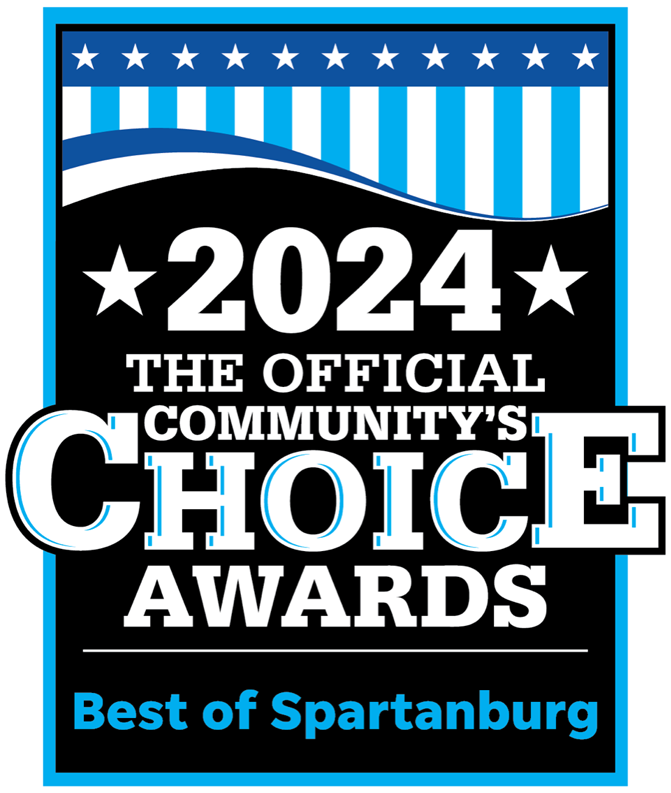Now that summertime is upon us, kids are spending more time outside, families are going to more outdoor outings and many are heading out on vacation. Join Chadwell Orthodontics and the EWG (Environmental Working Group) in their efforts, along with dermatologists and sunscreen companies to educate the public when it comes to the truth about sunscreens and sun safety.
Sun Safety – Skin Cancer is on the Rise
Did you know that every year, more than two million Americans find out they have skin cancer? 2% are in their teen years! The rate of melanoma deadly skin cancer has tripled since the 1970s. The experts are not sure why and most consider the outbreak in new cases is due to widespread overexposure to sun, especially among adults who were repeatedly sunburned as a child. Several factors suggest that regular sun exposure may not be as harmful as intermittent and high intensity sunlight.
What is confusing is that while many Americans are aware of the dangers of ultraviolet rays when out in the sun, according to the federal Centers for Disease Control and Prevention, they are still reporting a high rate of sunburn episodes in people of all ages.
Poor quality sunscreens and misleading sunscreen advertising (SPF) lead people to believe the sun products they are buying protect skin more than they actually do from too much sun exposure. Read more on what’s wrong with high SPF. For busy moms and shoppers, now is the time to empower you and your family to take charge of your bodies when out in the sun.
Studies reveal that those wearing hats and protective clothing are less likely than those wearing sunscreen at preventing skin damage and skin cancers over a lifetime.
Why Europe Has Better Sunscreens
EWG estimated that half of the beach and sunscreen products sold in the US fail to comply with European Union recommendation for UVA protection.
In Europe, sunscreens must offer UVA protection that is at least a third as potent as the SPF (sunburn protection factor), the measure of the product’s ability to shield against UVB rays that burn the skin (European Commission 2006, Colipa 2009). In other words, if a product advertises SPF 30, its UVA protection must be at least 10.
European companies can meet high European Union standards for effectiveness because they can pick and choose among 27 chemicals, including seven that are designed to filter UVA rays. Studies show some of these appear to offer significant advantages over U.S. sunscreen chemicals.
Companies that make sunscreens for the U.S. market can use only 17 chemicals approved by the FDA, including just three chemicals that screen UVA rays.
Until the FDA approves new ingredients that are safe and provide strong UVA protection as well as UVB protection, American manufacturers are challenged when it comes to making products as effective as those that can be bought in Europe. It is illegal to sell European products in the U.S. which further compromises choices.
The FDA’s weak regulations allow nearly every sunscreen to claim “broad spectrum,” or UVA, protection, even though some are clearly much better than others. These weak rules give manufacturers little incentive to improve their products.
Under the circumstances, consumers are in the worst possible position and uniformed. They are likely to think that their sunscreen is providing more protection than it really is, stay out in the sun longer and thus increase their risk of skin cancer and skin damage.
Beach and Sport Sunscreens that meet EWG’s Criteria List
At Chadwell Orthodontics we wish all our patients and their families a fun summer. When out in the sun for extended periods of time, make sure you are protected and practice smart sun safety. For answers to more FAQ about Sun Safety, click here.




